Tiny Feet, Big Moves: How to prepare Kids for an International Relocation
Moving to another country is a major life event. When young children are involved, they need to feel secure and a meaningful goodbye can help to process it all.
According to the Child Mind Institute, moving can be stressful for children: amid the chaos of packing, they say goodbye to friends, teachers, and the familiar comfort of their community.
On the bright side, StartingBlocks.gov.au defines transitions as opportunities for children to navigate important steps towards the children’s development.
Indeed, big moves require strong parental support to build confidence and resilience in their kids.
Why moving hits young kids differently
Children under six thrive on routine, familiarity, and consistency. A move—especially one that involves leaving their home, friends, and environment—can feel confusing and overwhelming.
Common reactions can include:
- Sleep disruptions
- Regression (e.g., toilet training setbacks)
- Anxiety or clinginess
- Emotional outbursts
According to the Raising Children Network, moving can be unsettling for children, especially when they are leaving familiar surroundings. The website notes that “children may not fully understand what’s happening and can feel like they’re losing everything they know.”
However, it also points out that “children usually adapt well to change over time,” particularly when parents offer reassurance and maintain routines. At this age, kids still rely heavily on their caregivers for emotional regulation and security—so consistent support helps them adjust and thrive.
How to prepare children for a big international move
Experts at the Raising Children Network and Harvard’s Center on the Developing Child recommend these steps to help young children through big transitions:
- Talk early and often: Use simple language and revisit the topic regularly.
- Use visuals: Maps, photos of the destination, drawings of the journey.
- Read about moving: Books like “We are moving away” byNina Nill.
- Give choices: Let kids decide which toys to pack and which ones to leave behind.
- Stick to routines: Mealtimes, bedtime rituals, and comforting habits should stay intact.
The Raising Children Network emphasizes that routines can be part of an organised and predictable home environment, which helps children and teenagers feel safe, secure and looked after.
When routines like family dinners change after a move, children need new rituals to restore that sense of security.
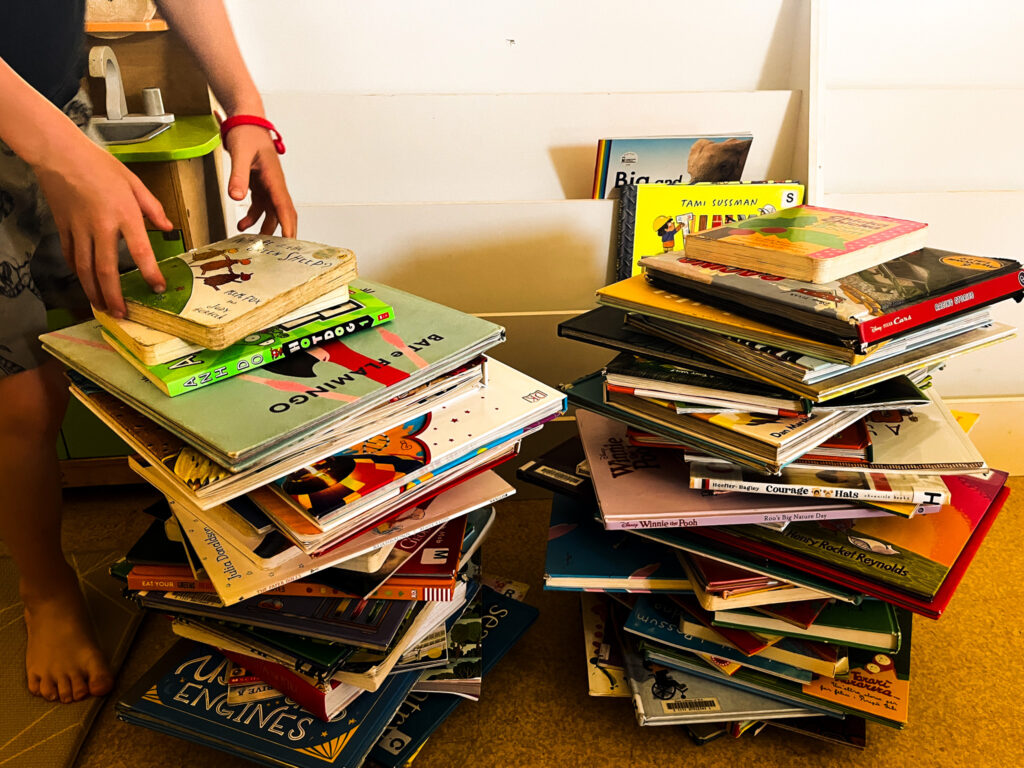
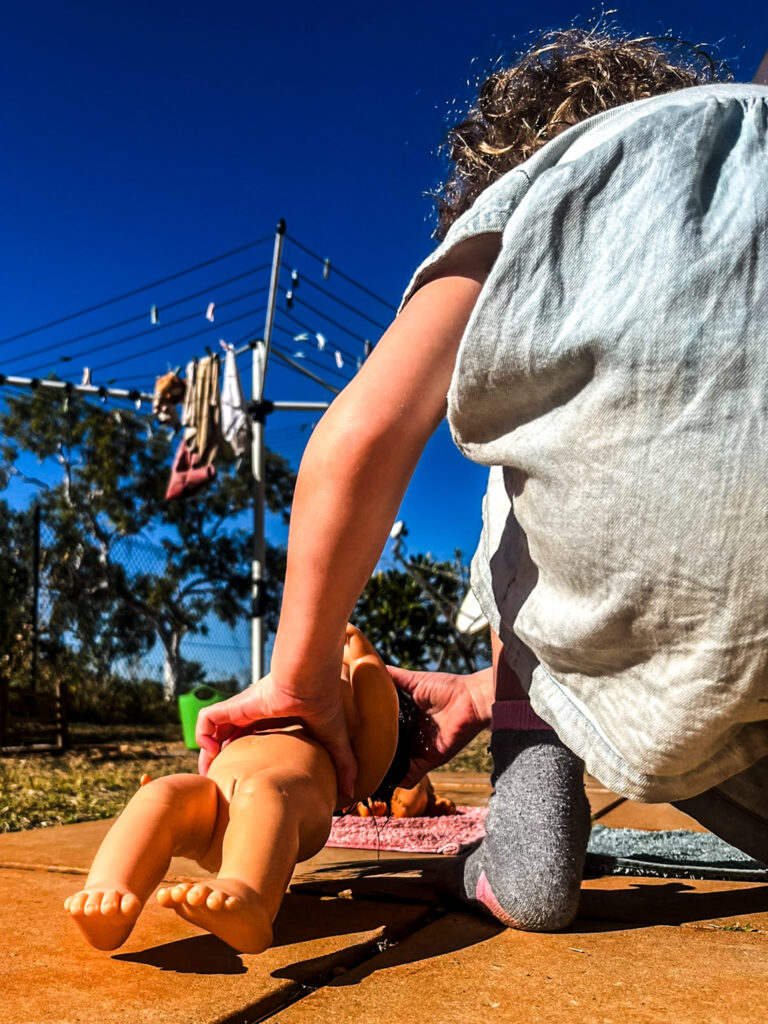
Packing up can be a fun exercise for the kids: choices are difficult, playing is not. Photo taken by Elena Campana, on July 15th 2025
A personal case: making space for a goodbye
After four years living in remote Western Australia, our family of five is relocating to Italy. Our children—6, 6, and 3 years old—have little or no memory of the past home.
To give a proper goodbye to this phase that is almost behind us, we decided to camp our way out. A four-week road trip from Broome to Darwin became our bridge between two worlds. It was a practical decision—but also deeply emotional.
To explain the move to the kids, we use stories, we refer to friends that had moved around in the past, we look at maps and we do show compassion for their feelings. On this transition, we will lit campfires and drive through familiar landscapes, making this move feel more like a passage rather than a departure.
Support, support, support
For children, how you leave can matter just as much as where you’re going. A slow ans symbolic transition can help them feel included, grounded, and strong.
Children don’t need shielding from change – they need caregivers to walk through it with them
Dr. Vanessa Lapointe (Discipline Without Damage, 2016)
And sometimes, walking through change means four dusty weeks on the road, sleeping under stars, and carrying your life in a few bags—together.
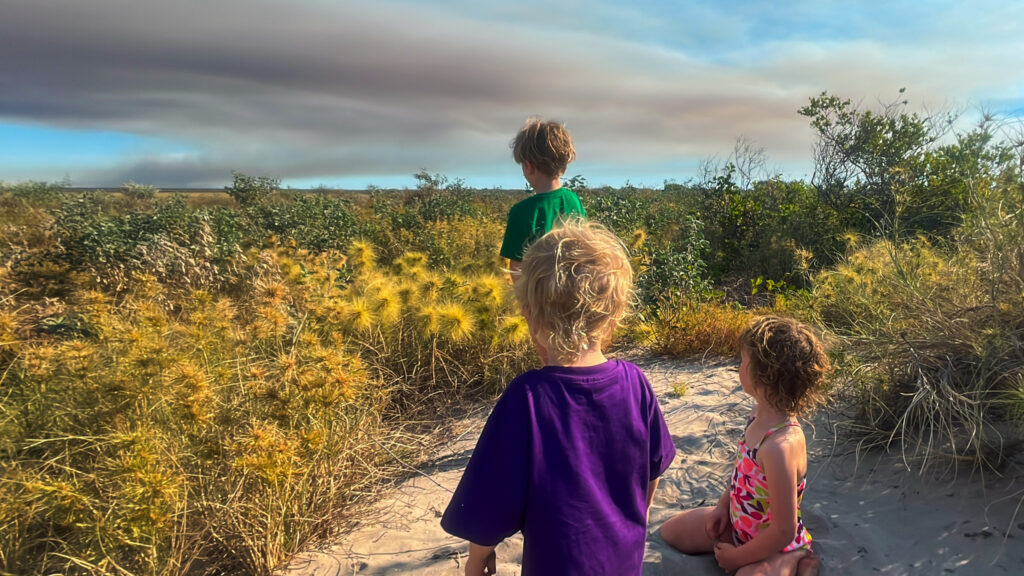
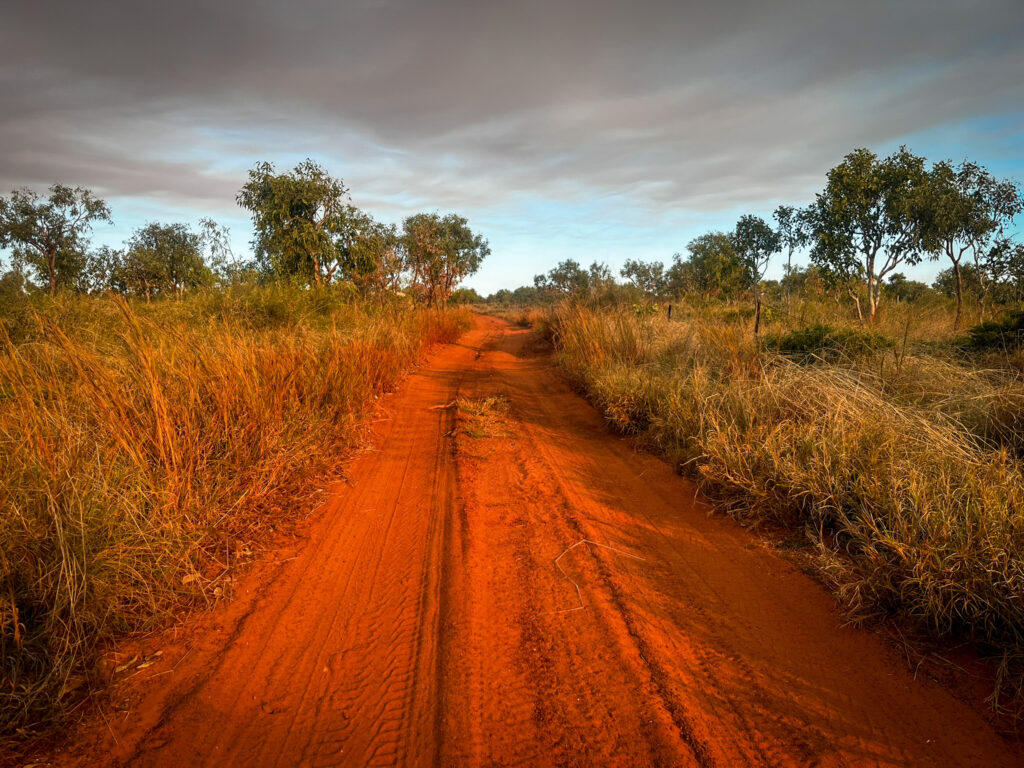
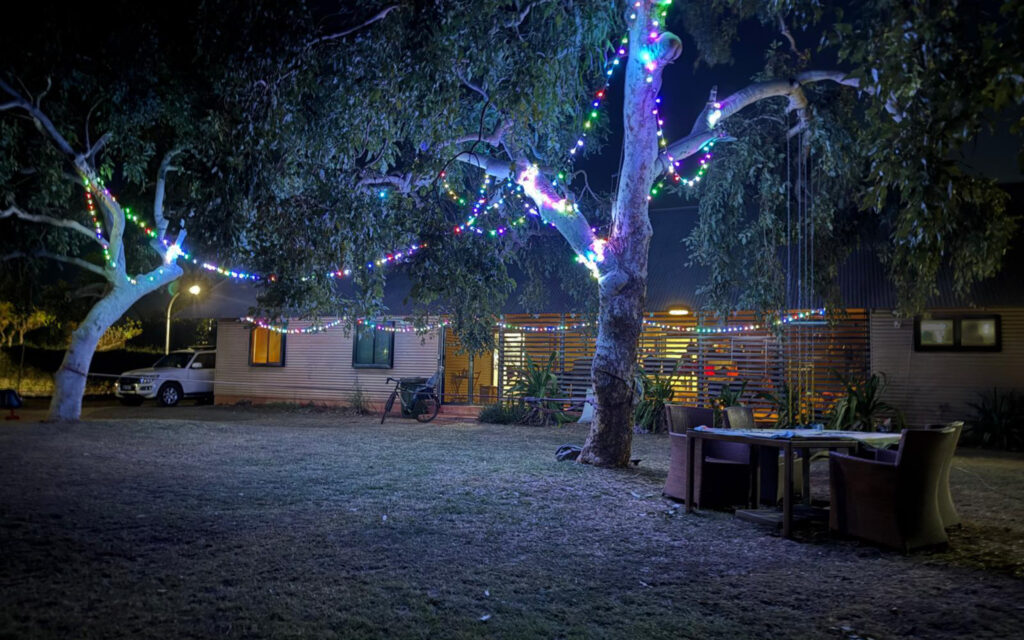
We made this place our home: this is only one little part of it. Photo taken by Richard Taylor, on July 13th 2025
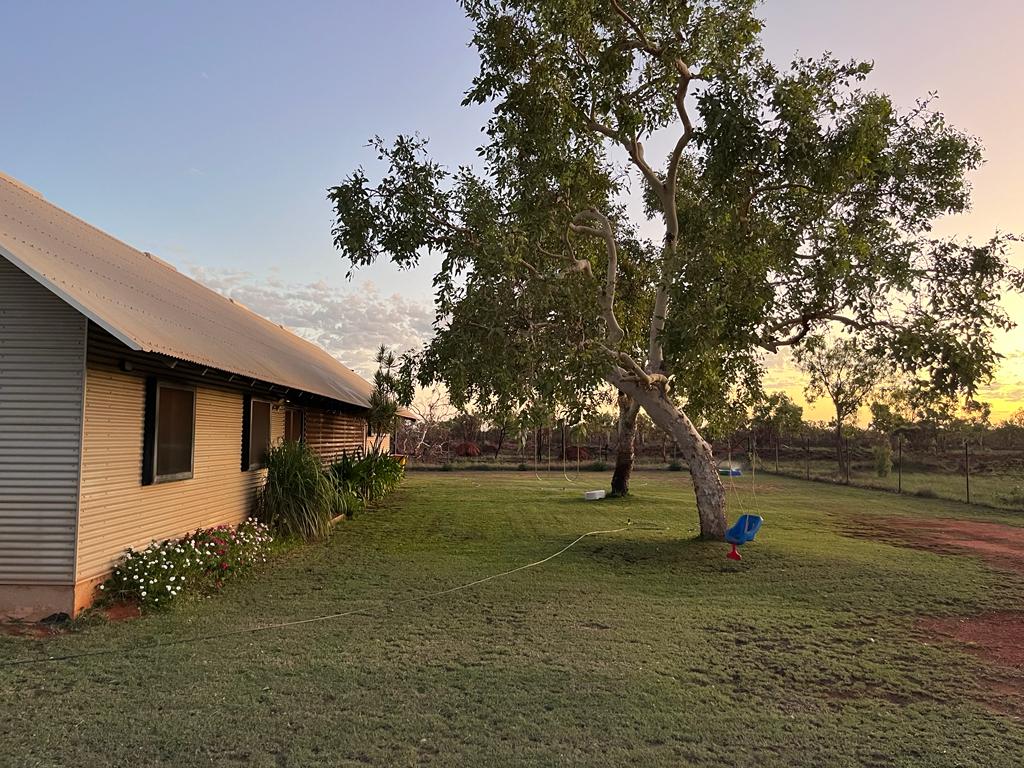
Leave a Reply